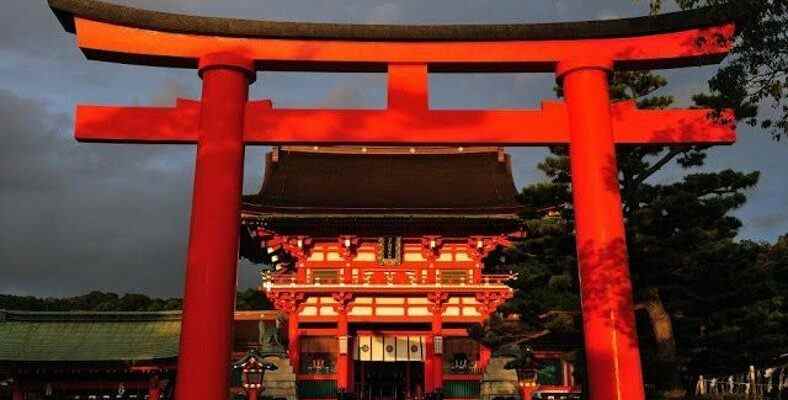Shintoism, which has existed since the ancient times of Japan, is a religion that has settled in Japanese culture and has a very large place. So what is Shintoism? What kind of religion and what do you believe in?
The Japanese people are a nation that is very attached to their beliefs and customs. The reason why this is so is the two major religions Shintoism and BuddhismThis is due to the fact that it is very closely intertwined with Japan. Although the two religions have much in common with each other, they are actually quite different.
Shintoism is a religion that affects the way of life of the people. It is possible to see the influences of Shintoism all over Japan. So, how much do we know about such a great religion, Shintoism? What is Shintoism, what to believe let’s see together.
What is Shintoism, what is believed? Shintoism symbols:
What is Shintoism?
Many nations in the world have their own customs and traditions just like us Turks. especially Japan, It has a very rich history in this regard.. In Shintoism, we can say that these customs and traditions are adapted to the indigenous religious beliefs and practices of Japan. The word Shinto literally means “kami way” (kami: divine power, god). This religion, which emerged in the 6th century, began to be used to distinguish native Japanese beliefs from Buddhism. Shinto is a somewhat independent religion. It has a clear founder, formalized scriptures, etc. they don’t have things. But his guiding beliefs continued to be transmitted through the ages.
What is believed in Shintoism?
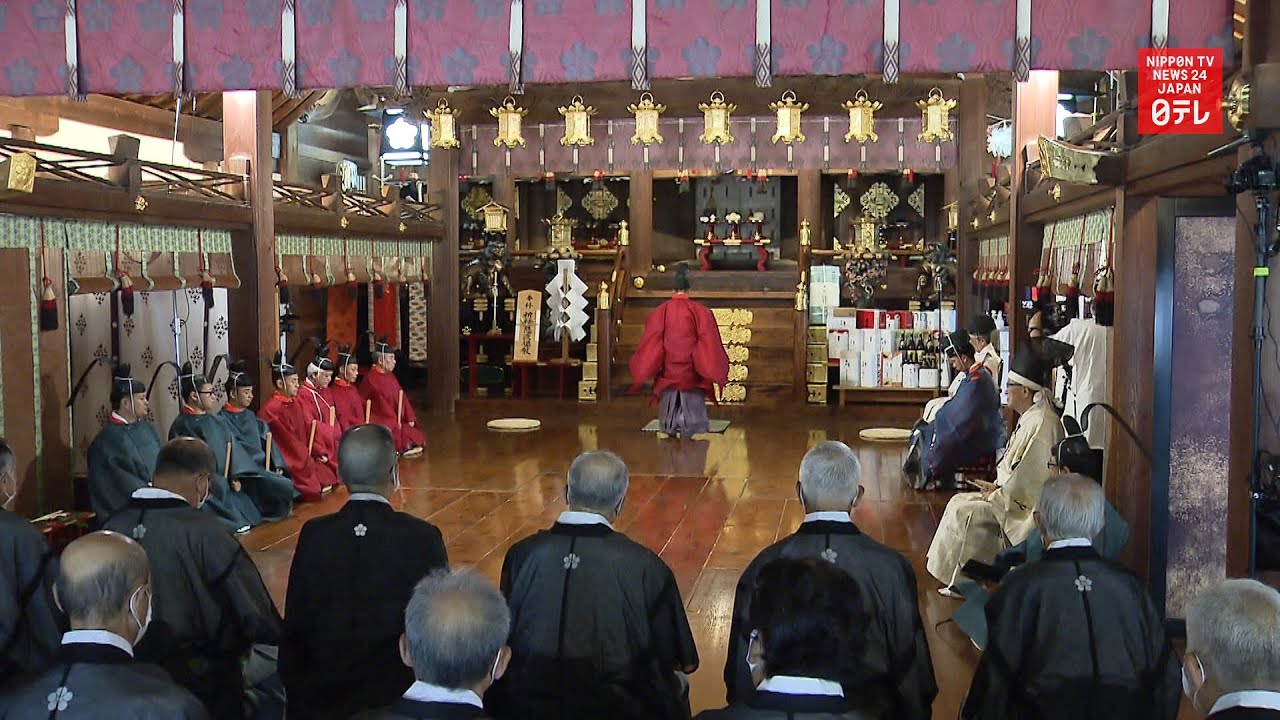
Shinto is a type of belief that deals entirely with purity and naturalness, and you can see believers use it in all areas of life. Shintoism is basically the belief that all people are good and that whatever causes evil. thinks people are evil spirits, not him. Therefore, they pray and make offerings to kami to keep evil spirits away and to be purified from them.
For many people who believe in Shinto, there are shrines where they can worship. However, people generally prefer to perform their prayers at home by themselves and set up temples in their homes. These temples establishedkami-calf” and people use these temples for their offerings as well as their prayers.
Since the time of ancient Japan, Shintoism and Buddhism have been two different religions living together. Of course, in such a case, it is not surprising that they affect each other. Some Buddhist figures Became “kami” among Shinto believers. The most well-known of these figures are: Amida (ruler of the pure realm, or heaven), Kannon (protector of children, women in childbirth and dead souls), and finally Jizo (guardian of suffering people and dead children). In addition, Hachiman is the god of archery and war, popular in both religions.
general of the Japanese peopleI live as both a Shinto and a Buddhist.. Although many people use Shinto in wedding association-style organizations, Buddhist ceremonies are more common in funerals. Buddhism and Shintoism are so deeply ingrained in the general culture of Japan that even a person who does not consider himself related to religion has influences from one of these two religions.
What kind of religion is Shintoism?
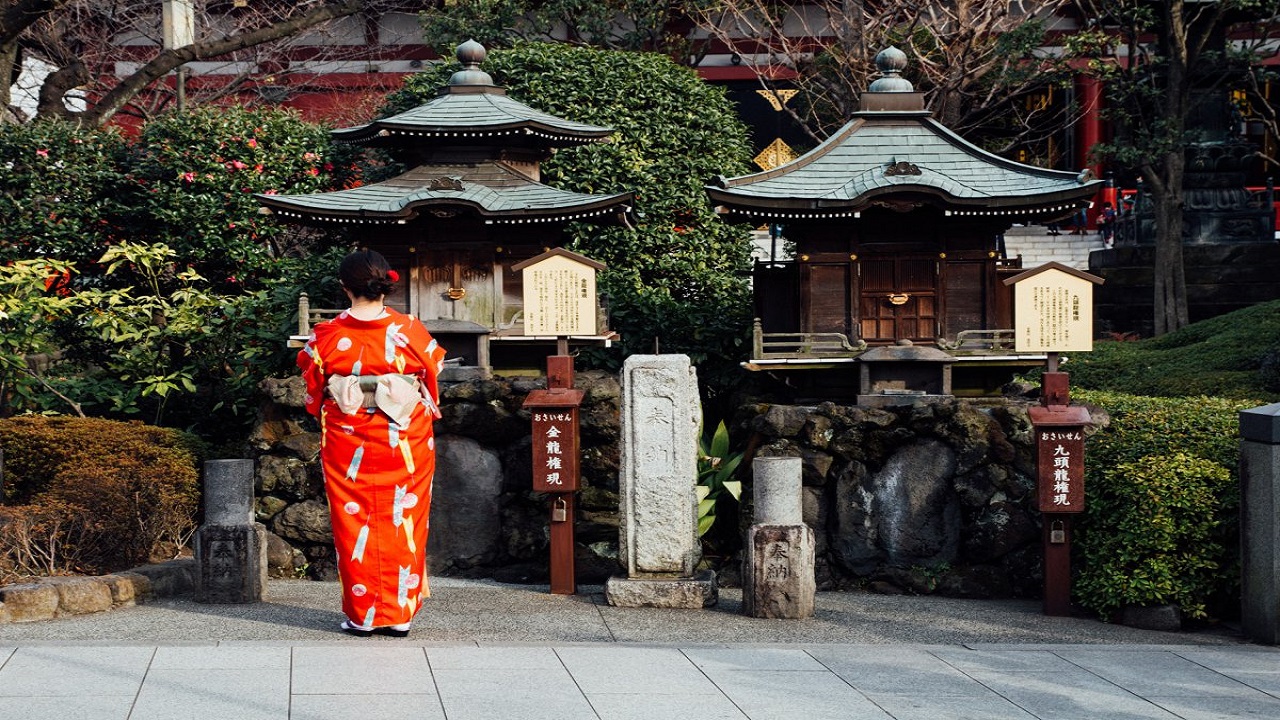
Shinto is a religion that attaches great importance to traditional Japanese beliefs and attitudes to life. Of course, when you are in contact with Japan for a long time frequently seen in the public’s social and personal life. In particular, the Japanese value system and the way people think and act are closely related to Shinto.
It is possible to classify Shinto in three main branches in general: Shrine Shinto, Sect Shinto and Folk Shinto. Shrine Shinto is the oldest among these majors and forms the mainstream of Shinto tradition. Its existence is believed to stretch from the beginning of Japanese history to the present day. Sect Shinto is relatively new compared to other branches. It emerged in the 19th century after 13 major denominations and World War II. Folk Shinto is a branch of Japanese folklore and is very closely related to other types of Shinto. It has no formal organization or structure and is often displayed in smaller parts of Japan. These three types of Shinto are highly interrelated, and they all have something in common.
What is the symbol of Shintoism?
There are 6 familiar symbols that symbolize and characterize Shintoism. These symbols are known as torii, shimenawa, shide, sakaki, tomoe, and shinkyo. Of course, there are situations where each symbol characterizes and gives meaning to itself. The meanings of these symbols are as follows:
torii
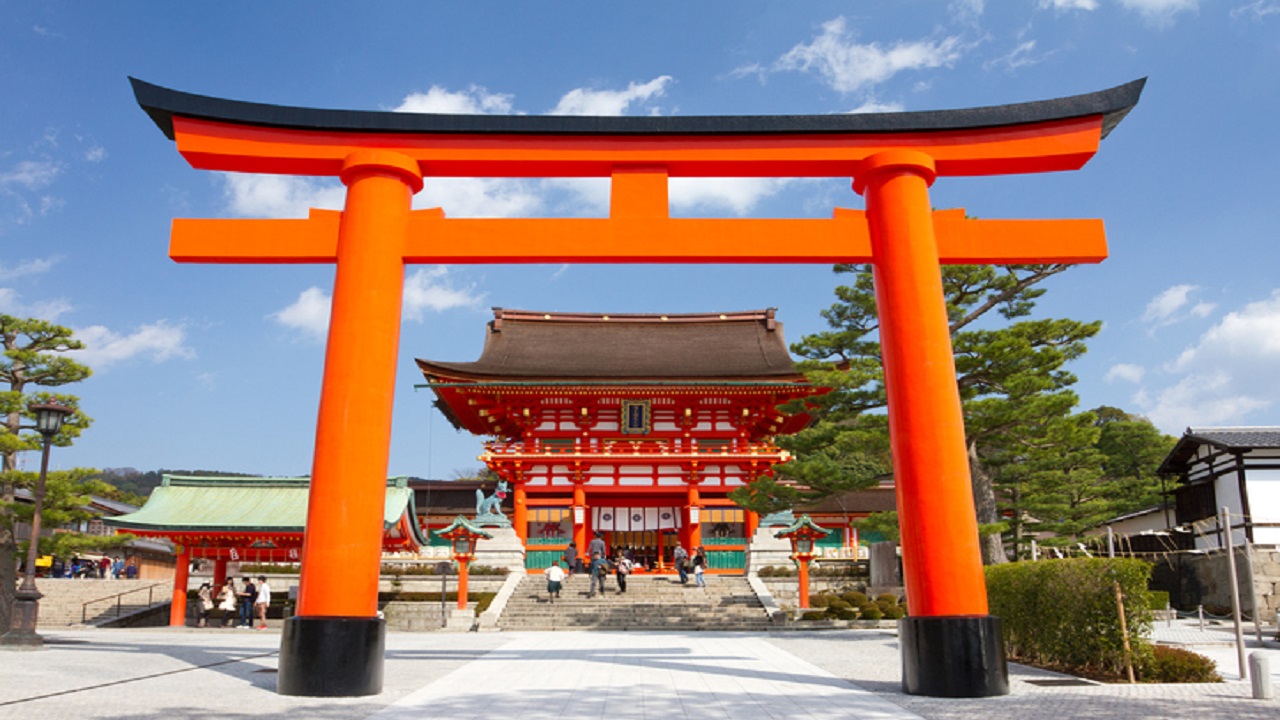
The torii, one of the most well-known symbols of Shintoism, marks the entrance to Shinto shrines. is the name given to the majestic gates. Passing through Torii is very important before visiting any shrine. Because it is believed that the doors purify those who pass under them. The reason why these doors are often red is due to the belief that the red color represents the sun and life and prevents bad omens and disasters.
Shimenawa
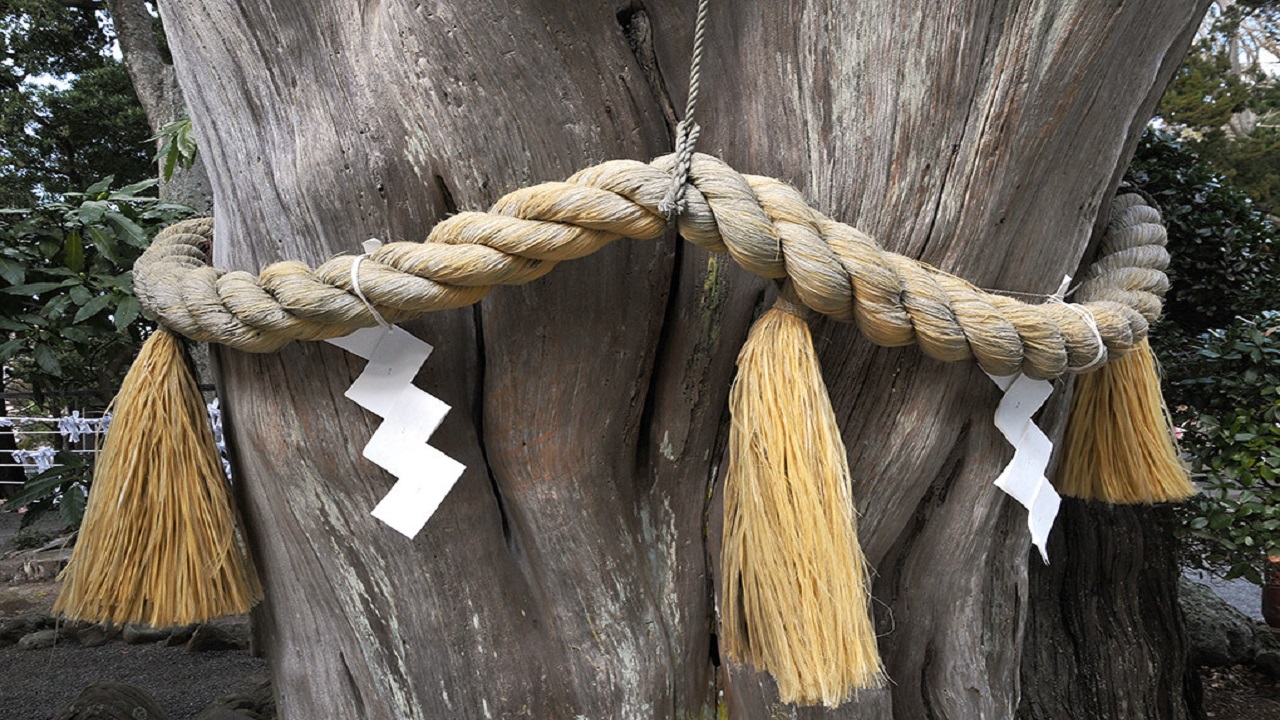
Shimenawa is another symbol believed to exorcise evil spirits. usually white Ropes with zigzag decorations are the most common examples of shimenawa.. These ropes are used to mark the boundaries of sanctuaries. In this way, it is believed that the sacred areas are protected. Shimenawa, which varies widely in size and diameter, can range from a few threads to ropes that stretch as far as the eye can see.
shide
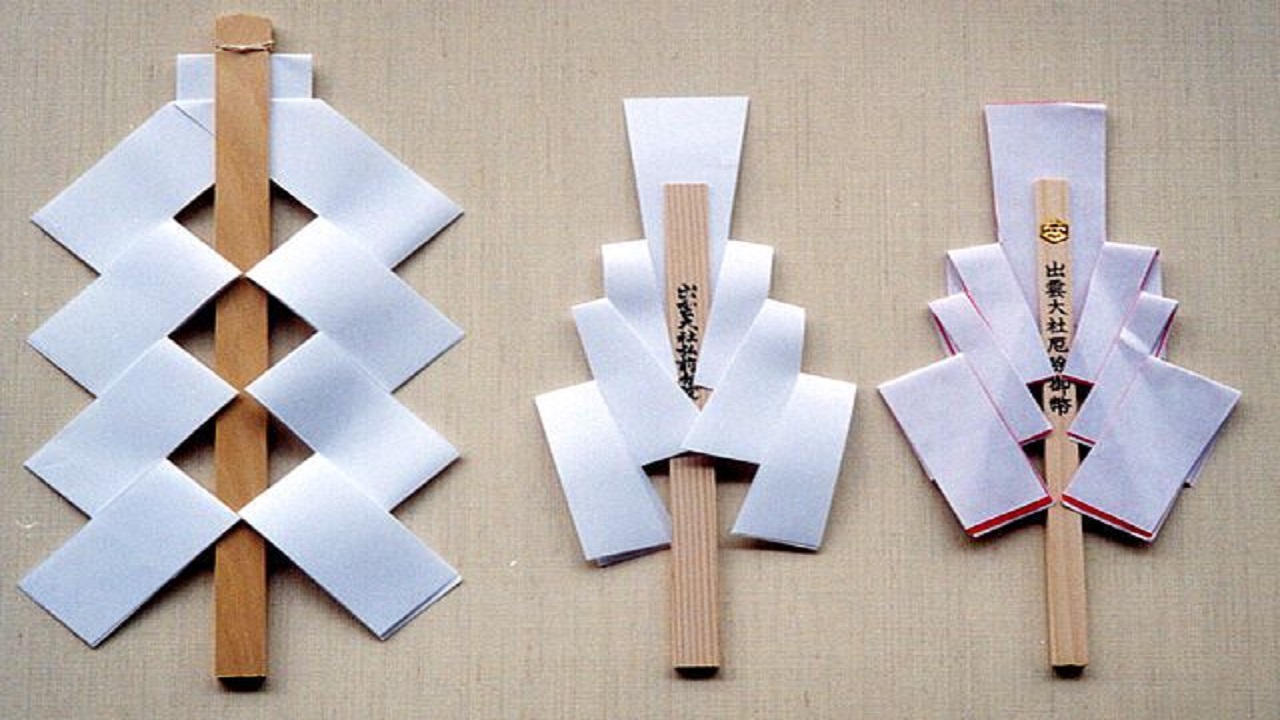
Usually white hung above shimenawas zigzag-shaped decorations are called shide. The shides, which you can often come across especially in holy temples, have a common use in daily life. Shides are usually made in the form of lightning. There are 2 known reasons behind this happening. One speaks of the lightning symbol representing the infinite power of the gods, while the other characterizes the good harvests as clouds and lightning represent rain.
Sakaki
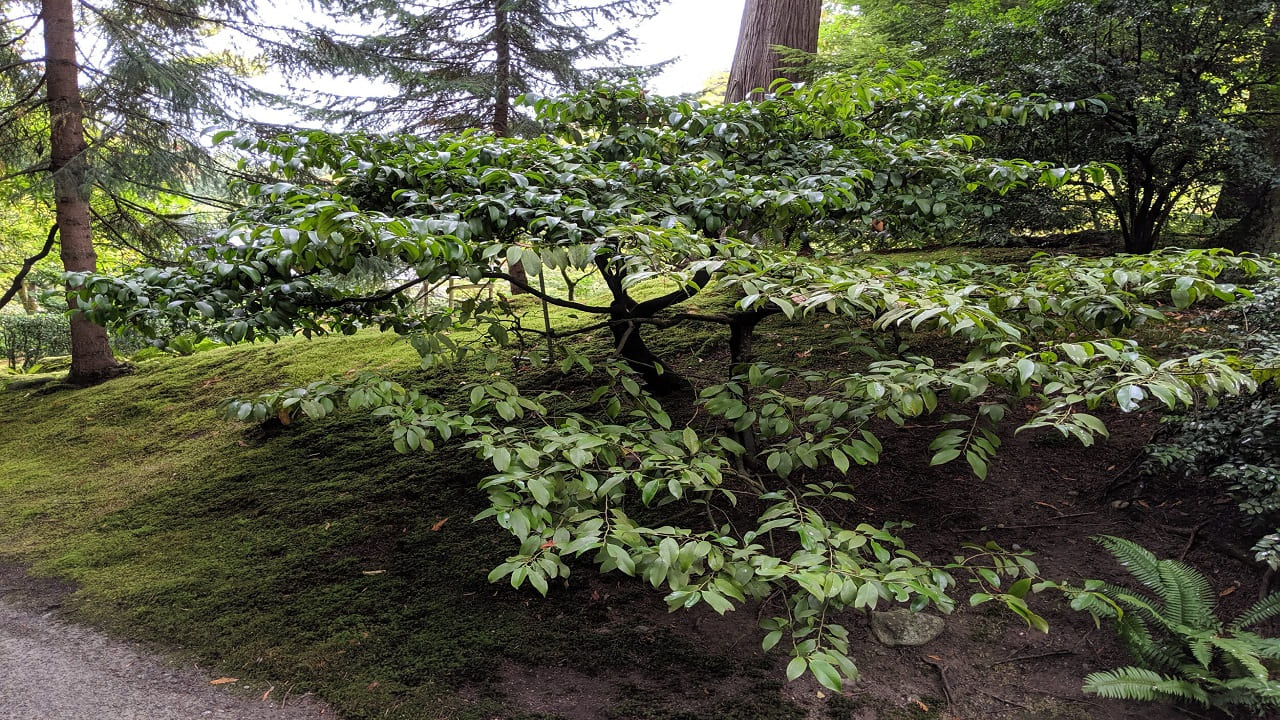
Worshiping nature is a very important element in Shintoism. As such, trees are more valuable than ever before. Some types of trees are considered sacred in Shintoism.. One of these types is known as “shinboku”. Although sakaki is similar to torii in terms of qualification, there are obvious differences between them. Sakaki often take on the task of being a sacred fence. Thus, the interior of the space they surround is counted as a free space. It is possible to see this fencing process around the shrines. Although he finds a few trees in the sacred sense, sakaki is the most important among them.
Tomoe
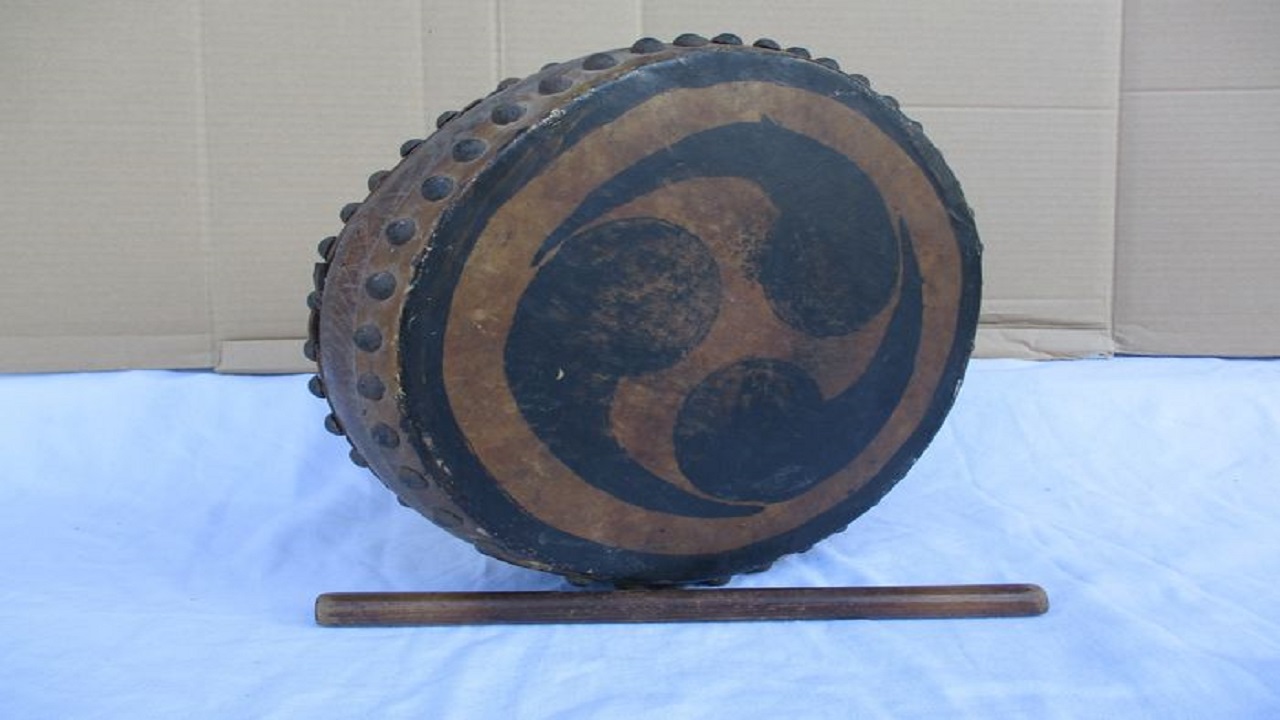
Although the tomoe symbol has similar features to the popular Chinese symbol yin-yang, there are obvious differences between them. tomoe, often used on Japanese authority badges called “mon”. Two, three or even four commas are commonly used in Tomoe designs. The three commas, or “mitsu-domoe,” are quite commonly used in Shintoism and are said to represent the interaction of the three realms of existence.
Shinkyo
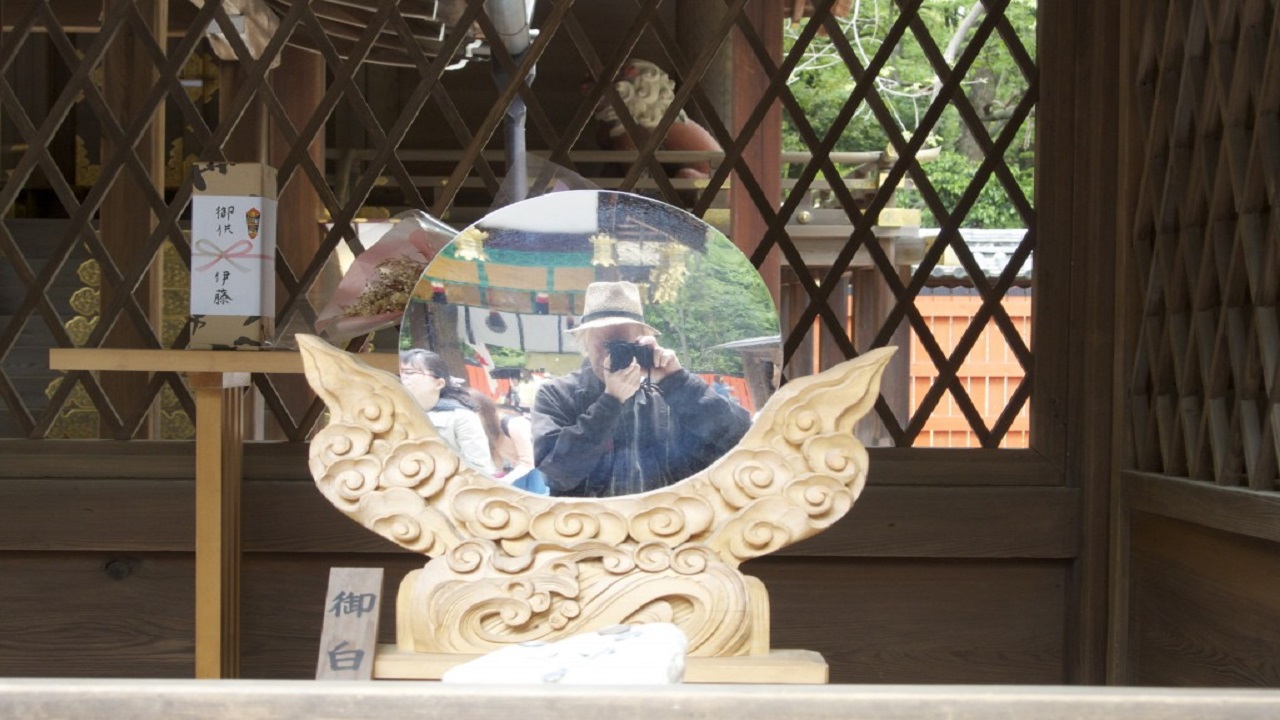
Shinkyo, one of the most mystical symbols of Shintoism, also known as the mirror of god. Among the common beliefs of this symbol, there is the belief that it connects our world to the spirit world. The reason why it is said this way goes back to the Japanese sun god Amaterasu.
